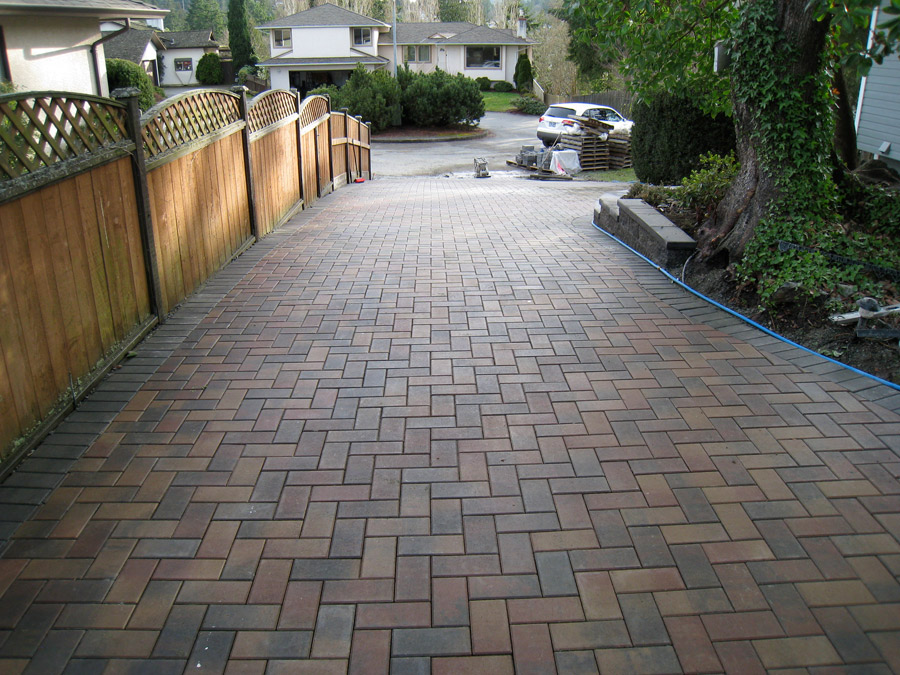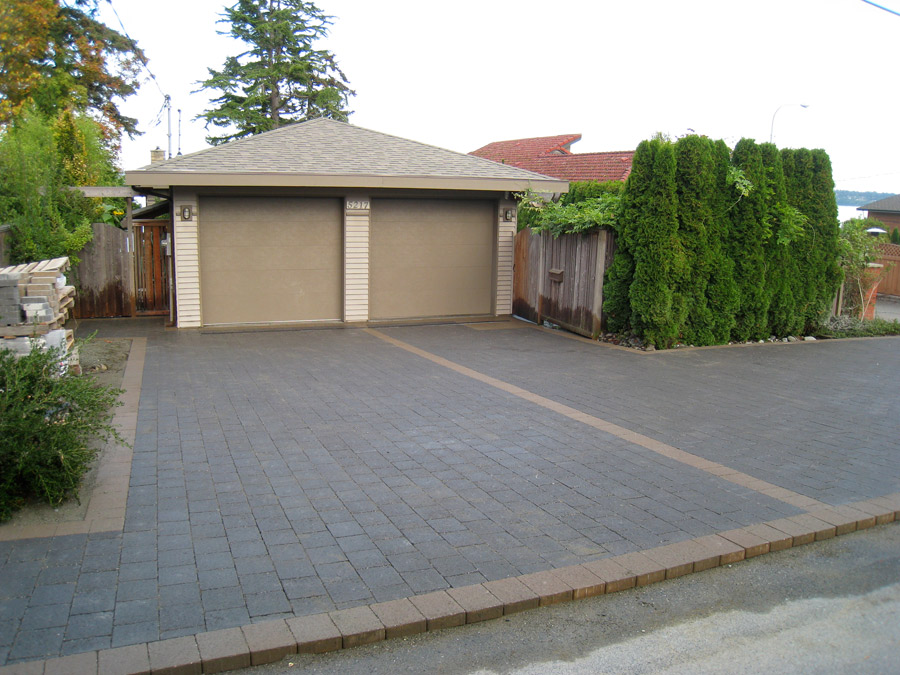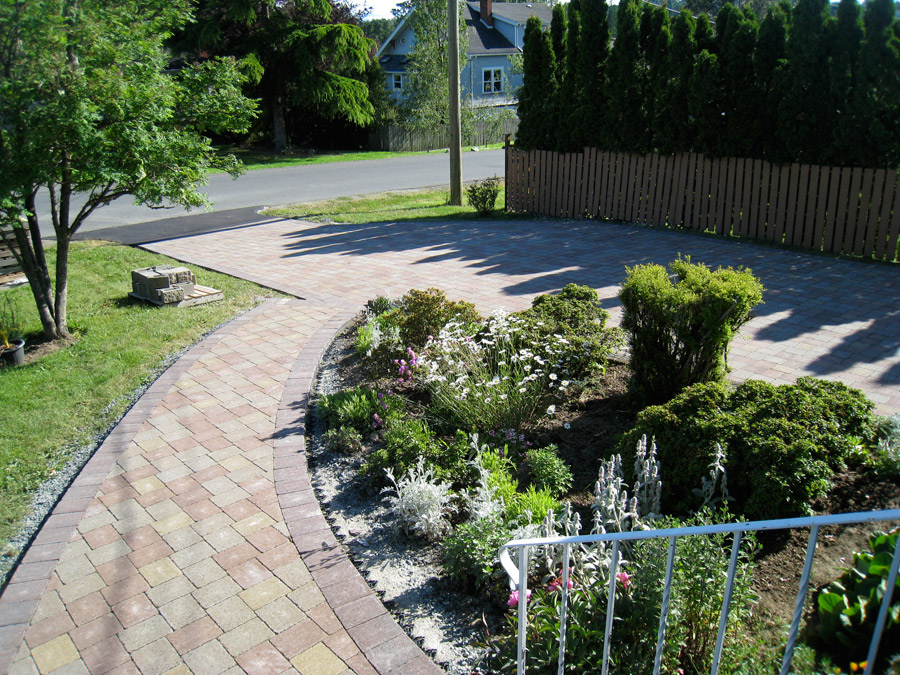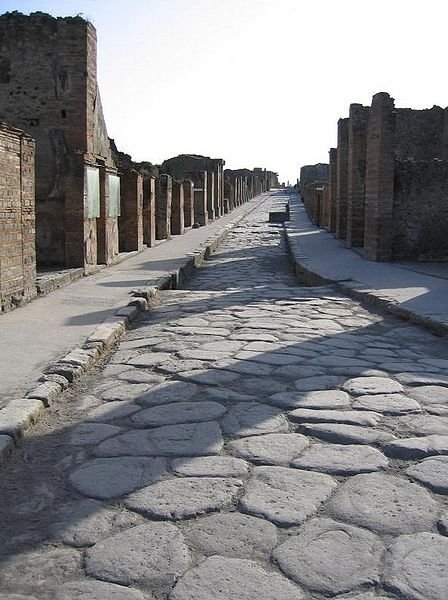Interlocking brick driveways are built to last, and can power through years of foot or vehicle traffic, and all sorts of weather conditions.
Our pavers are especially durable—they’re manufactured with PermaFinish technology, which helps them maintain their texture and great looks, and also their superior abrasion resistant wearing surface. And when installed by ICPI certified technicians, such as ourselves, they practically need no maintenance.
But as with all pavements, you may have to show your pavers some love every now and then. Here are some of the minor maintenance issues you may have to take care of:
Oil Stains
 Nothing disrupts a beautiful brick driveway quite like an unsightly oil stain, but it’s bound to happen.
Nothing disrupts a beautiful brick driveway quite like an unsightly oil stain, but it’s bound to happen.
The best thing you can do is to treat the stain as soon as possible. The longer you leave it, the deeper it’ll penetrate and the harder it’ll be to remove.
For the best results, use a cleaner specially made for removing oil stains from concrete pavers. Wipe excess oil from the surface, apply the detergent, and let it soak for several minutes. Then, wash it off with hot water. You may need to do this several times before the stain is totally gone.
Now here’s the beauty of an interlocking brick driveway: If the stain is especially stubborn and refuses to budge, you can simply replace the stained pavers with new ones. It’s a seamless fix!
Efflorescence
Efflorescence is that white stuff that sometimes appears on your pavers. It’s a natural by-product of the cement hydration process and isn’t anything to worry about. It’ll wash or wear off with time.
If you don’t want to wait for Mother Nature to take care of it, you can always remove it yourself. Be sure to use a cleaner that is specially made for concrete pavers, so you don’t damage or discolour the surfaces. Contact us and we can recommend a good product and explain the best way to go about removing the efflorescence.
Weeds
Interlocking brick isn’t an ideal environment for weeds—plants require sunlight, after all. But weeds, being weeds, like to take root in places they don’t belong.
If your driveway or patio is sealed, then there’s minimal opportunity for greenery to grow in the joints. However, if your pavers aren’t sealed, then you may need to remove weeds by hand, or use good stiff brush, a power washer, or a biodegradable herbicide.
Joint Sand
It’s normal for the sand-filled joints to receive a little dirt from traffic on the pavement. It actually helps hold the sand in place.
But if your pavers are exposed to driving winds or runoff, you may lose too much sand. And when excess dirt and debris fills the joints, it promotes weed growth and restricts water flow through the pavers.
Joint sand can easily be replaced, but if you find yourself in this situation more often than you’d like, sealing your pavers will help hold the sand in.
Have questions about maintaining your pavers? We have the answers. Contact us and we’ll help you out!
 Our pavers are manufactured at a
Our pavers are manufactured at a 
